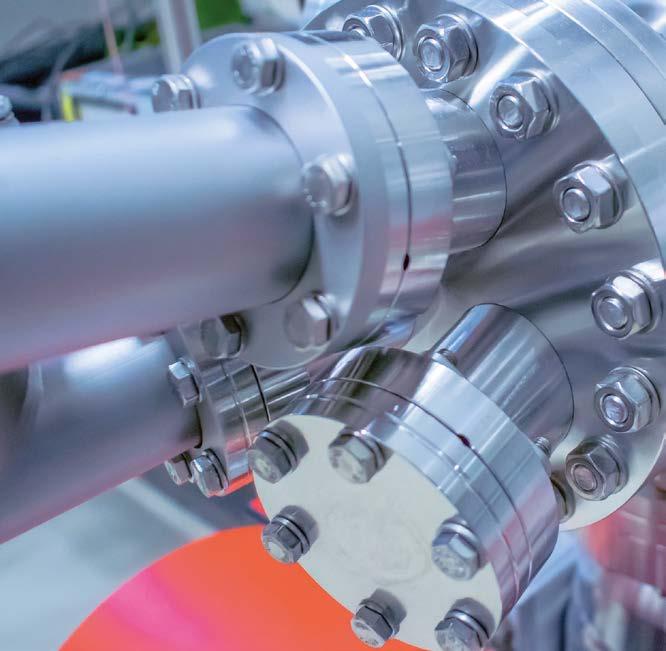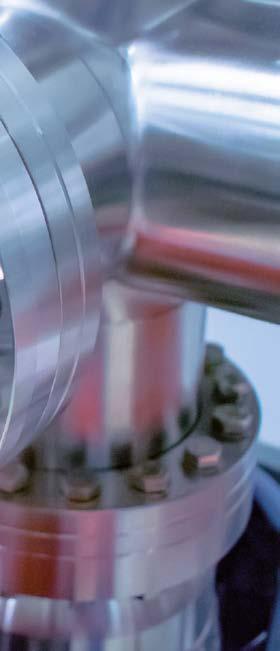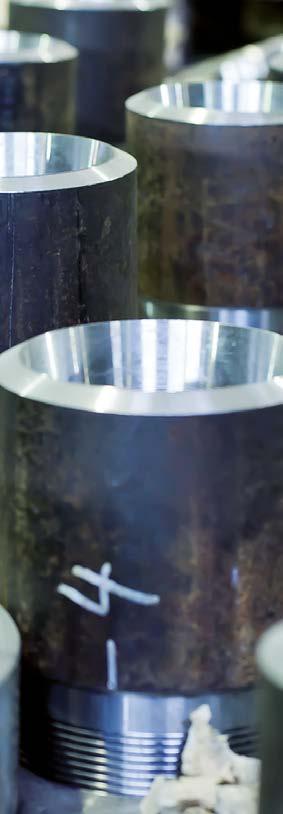
1 minute read
ADVANCEMENTS
By taking the removable coating route, the protective mechanism conforms directly to the surface of the metal, not requiring an additional covering (e.g., plastic film) except what is needed for standard mechanical protection. In the case of VpCI®-391, there is minimal change to appearance—a plus for manufacturers concerned about aesthetics—and the coating is especially easy to remove for faster startup of the system.
Best practices for coating flange faces
Uutala reminds workers that flange preservation can be done at any point in the pipe life cycle—at the manufacturing plant, in the storage yard, or at the final site of operation. He outlines the flange coating process as follows:

make sure the flange face is clean and free of rust, dirt, coatings, and any other contaminants.
Apply either VpCI®-368 (for brown, waxy film) or VpCI®-391 (for clear, dry film) by brush.
Allow to dry for 1-2 hours (or more) before covering with rigid flange cover or other approved mechanical protection (avoid wood covers because they absorb moisture).
The bottom line
Ultimately, the condition of the flange face directly affects the condition of the system and is at risk at any point up to installation. Taking preventative measures to protect vulnerable flange faces from corrosion and mechanical damage during shipping and storage can go a long way toward preserving flange faces in their original state. A little time spent cleaning the flange and applying a coating now could translate into many hours and dollars saved later by avoiding resurfacing delays and minimizing system downtime. ‹














